Wayne Shelnutt was aboard the USS California in Pearl Harbor, Hawaii, on Dec. 7, 1941, the day Japan dragged the United States into World War II. The Newton County resident remembers those events with chilling clarity.
Journalist and broadcaster Tom Brokaw coined the term “The Greatest Generation” just over 20 years ago. It was the title of a book he authored about Americans born from 1901 until the late 1920s. These hardy folks weathered not just massive events during their formative years—two World Wars and The Great Depression—but also enormous shifts in cultural and economic norms and technological advances. Think basics, like the radio and telephone.
However, for all the changes they had wrought and the oppressors they fought and defeated, they were not braggarts. This was Brokaw’s premise. Those who belonged to The Greatest Generation simply went about their business. They turned their Victory gardens into the family vegetable garden; scrap drives became scrapyards. They married and had children, built successful businesses, saved, sent their children to college and went on with life. Some communities did not even realize they had heroes in their midst until many years after.
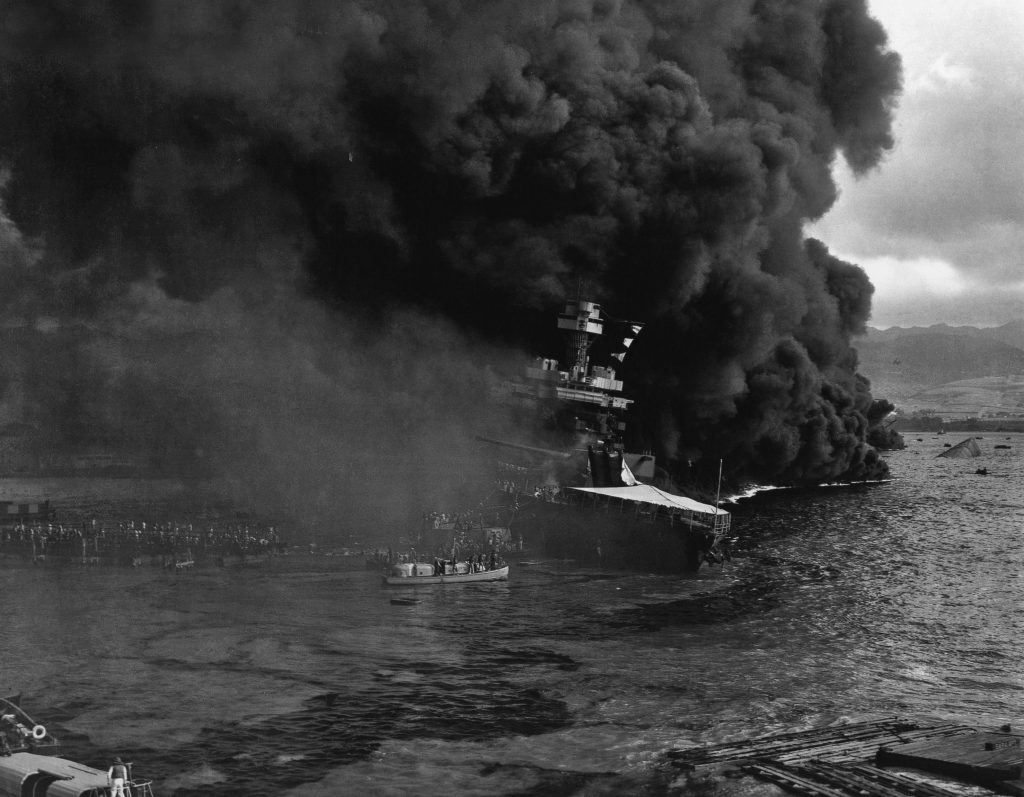
Wayne Shelnutt is one of those heroes. Born in 1915 in Chickasha, Oklahoma, Shelnutt still lives in a modest ranch house on several acres in Newton County with his stepdaughter, Marla Gaehle, and her children, Tere and Jeff. In August, he celebrated his 104th birthday. Shelnutt is among few veterans still living who can say they were present at the start of World War II, the attack on Pearl Harbor and the beginning of the end: the D-Day Invasion. To talk with Shelnutt is to listen to a living time capsule, and though his memories of yesterday’s lunch may be hazy, the events of Dec. 7, 1941 remain as clear as a bell. “You don’t forget something like that,” he said with a light chuckle. Shelnutt was aboard the USS California, which was tied up on Battleship Row in Pearl Harbor, Hawaii. It was a Sunday morning. Sitting on the sofa in his house, 78 years later, Shelnutt describes the events with uncanny and chilling clarity.
“We had just had breakfast,” he said. “The table was set up for a meal. I was captain of the table, the last man there. I was from here to about that door [maybe ten feet] and someone said, ‘Look at that plane out the window. What’s that sign on it.’ It had a red Japanese ball on it. We wondered where it was going. It was going right toward a seaplane hangar. I stepped outside and watched, and it hit that seaplane hangar and set it on fire. Of course, then planes came from other angles. Bombs dropped. A bomb dropped on the Pennsylvania and set it on fire. A bomb hit our main deck and cleared it out of everything, swept everything out. Nothing was left. Not a hammer. It was just all gone.”
“A bomb hit our main deck and cleared it out of everything, swept everything out. Nothing was left. Not a hammer. It was just all gone.”
Pearl Harbor and D-Day Veteran Wayne Shelnutt
Although the attack on Pearl Harbor lasted about one hour, most of the damage was done in the first 11 minutes. Shelnutt describes the atmosphere as one of absolute chaos, confusion and helplessness. In an interview four years ago, he recalled remaining at his battle station and manning a five-inch 51-caliber broadside gun while the rest of the gun grew hurried below deck to retrieve the ammunition. A torpedo bomber hit as they were below and every member of the gun crew was killed. However, the worst damage resulted from a 551-pound bomb being dropped on the ship’s starboard deck. It was devastating. Fifty crew members were killed instantly. All told, 102 sailors died and 62 were wounded on the USS California during the attack.
The survivors made their way off the ship and onto Ford Island. “We didn’t know where we were going to eat, where we were going to sleep. We didn’t know anything,” Shelnutt said. “Between the Army and the Navy, they set up a tent and they made a mess hall. The weather was nice, and we all had sleeping bags and blankets. When things settled down, we picked a place outdoors to sleep.” He remembers that his belongings were found, unharmed, in a locker behind a bulkhead. “When the bomb hit, everyone else lost everything,” he said, “but all my belongings were still there.” Later on, some anti-aircraft guns were set up at the main gate entrance, and Shelnutt and some of his buddies remained there for six months until the Army took over.
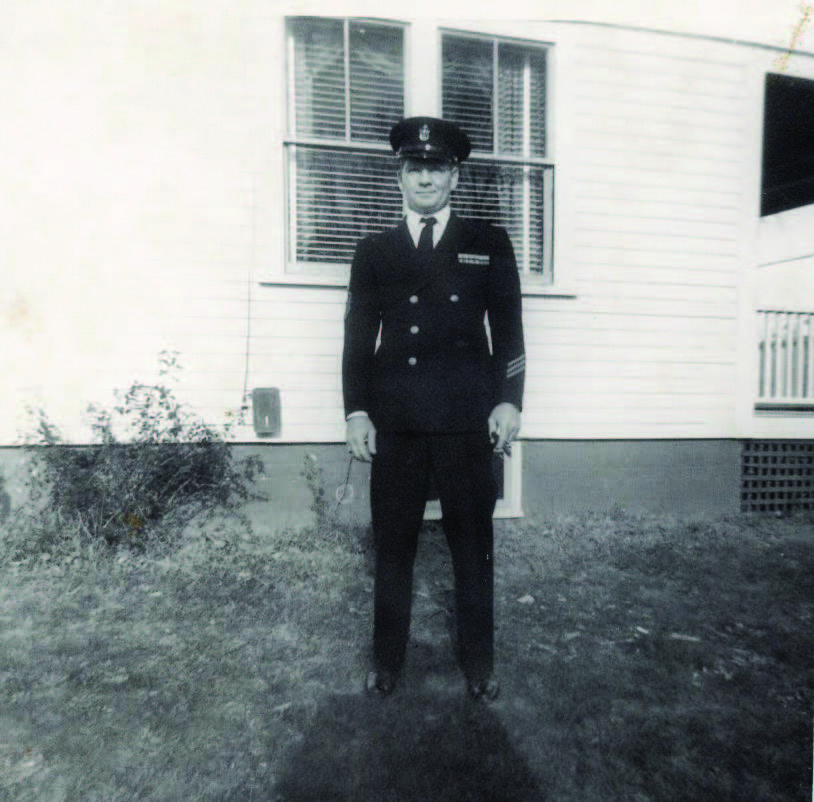
Shelnutt had joined the Navy for a post-Depression job that provided a steady income, three square meals and a place to sleep, but now he was at war. “The group I was with was sent back to the States,” he said. “Most of the boys were assigned to put a new warship into commission: the Alabama. They gave us a 30-day leave, then we reported to headquarters in Norfolk, Virginia, and [they] assigned us a ship.” That ship was the USS Gherardi, a destroyer protecting troop transports crossing the Atlantic and on other missions. While he was on the Gherardi, Shelnutt was involved in another historic military action — the June 6, 1944 invasion of Normandy, France, now known as D-Day. This time, his participation was limited to providing covering fire from the Gherardi’s guns. “We fired everything we had,” he said. “We ran out of ammunition and had to go back to [England] for more.” After D-Day, the Gherardi played its part later that month in the assault on Cherbourg and protected ships in the south of France during the invasion.
Age and the passage of time played havoc with Shelnutt’s memories, like a neatly sorted photo album which has been dropped, causing the pictures to fall out of place. He remembers a naval cruise to Texas during which he visited his sister; being treated for malaria at a hospital in Norfolk, Virginia; and being transferred off a ship that was going to the South Pole because they learned he had malaria. “I really wanted to go to the South Pole,” he said. “I was the Chief Master-at-Arms and we had sled dogs on the ship, but I was transferred from there to an Air Force base in Quonset Point, Rhode Island.” That move signaled the end of Shelnutt’s naval career. It was 1954, and he had served 20 years.
Shelnutt’s first wife, Blanche, had invested in a four-unit apartment building in California, so he cashed in a $2,000 life insurance policy, bought another little apartment building and settled down in the Redondo Beach area. They lived there for several years, until Blanche’s father needed help running an auto salvage yard in St. Louis. The move did not suit Blanche, who went back to California. Shelnutt stayed on, running the auto salvage even after the couple separated. While living in St. Louis, Shelnutt met his second wife, Ada. They married in 1970, enjoying a happy life that included vacationing throughout the United States in their van.
“He and mother never had a cross word,” Marla said. “They were interested in the same things. They liked to go to all the state capitals and visit old cemeteries. Quilting was her thing, and he’d go to the quilt shops with her.”
Although he returned to Pearl Harbor during the war, Shelnutt never went back to visit the memorial there. However, he and Ada regularly attended the stateside reunions.
“They went to them for years,” Marla said. “I went to two or three with him. Mother used to make a quilt for every reunion to raffle off to make money for the committee. One year, they went and a fella showed up who had served under Wayne when they were bombed at Pearl Harbor. Mother said when that man showed up Wayne said, ‘Oh my God, I didn’t know you were alive!’”
In the late 1980s, Shelnutt finally retired and he and Ada moved back to his family’s ranch in Oklahoma. A longtime horse lover, Shelnutt nursed a couple of Arabian horses back to health and even managed breed the mare, ending up with a third horse. By the early 1990s, Marla’s daughter, Tere, also a horse lover, had moved to Newton County with several horses in tow. That was all it took for Shelnutt to pull up stakes and move south. “He wanted to be near the horses,” Marla said. In Newton County, life slowed down for Shelnutt and Ada. They spent time with family and friends and were active members of the Order of the Eastern Star, a Masonic organization open to both men and women. Ada passed away in the fall of 2015, at age 95, the same year Shelnutt turned 100. If you have ever hoped the key to longevity had something to do with eating lots of dark chocolate or drinking red wine, Shelnutt disproves the theory.
“He’s always eaten properly, and he’s always exercised,” Marla said. “He has his barbells, and he lifts weights and has a [resistance] band that he uses for his legs. He always watched what he ate. He eats his three fruits. He always eats a couple different vegetables and eats some meat but not a lot. He doesn’t eat junk food, ever. When we fix a sandwich for lunch, he’ll have chips for a sandwich, but he never snacks.”
Shelnutt stays interested and engaged in life, reading both the Atlanta and Covington newspapers each day. He reads Reader’s Digest and National Geographic magazines cover to cover every month. However, true to his Greatest Generation tag, Shelnutt—the Pearl Harbor and D-Day veteran, a witness to so much history—is still the quiet one in the room.
“When friends from the Eastern Star come over, he’ll sit here and enjoy their company,” Marla said. “They might ask some questions and he might try to answer, but he might not. He’s not a talker. He’s not argumentative. He’s happy and has a good outlook on life. He’s content.”
Click here to read more stories by Patty Rasmussen.

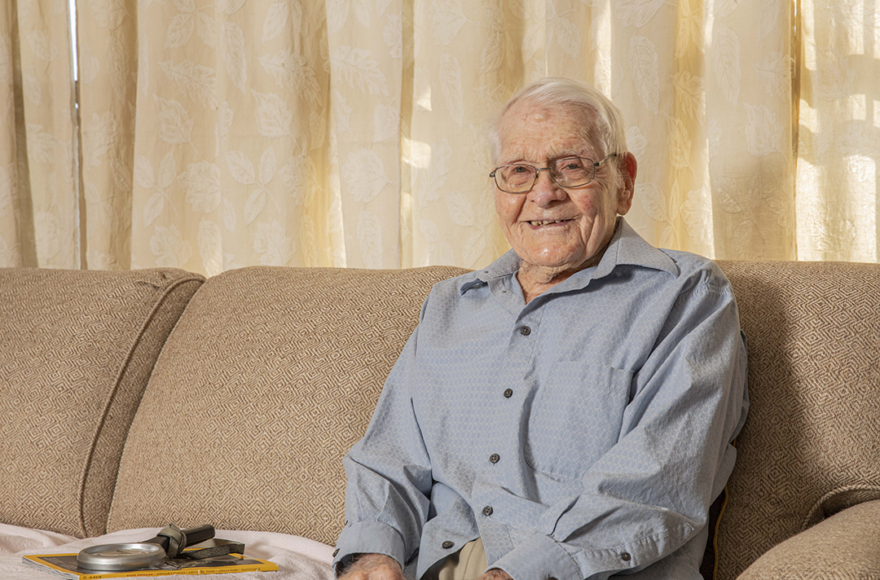
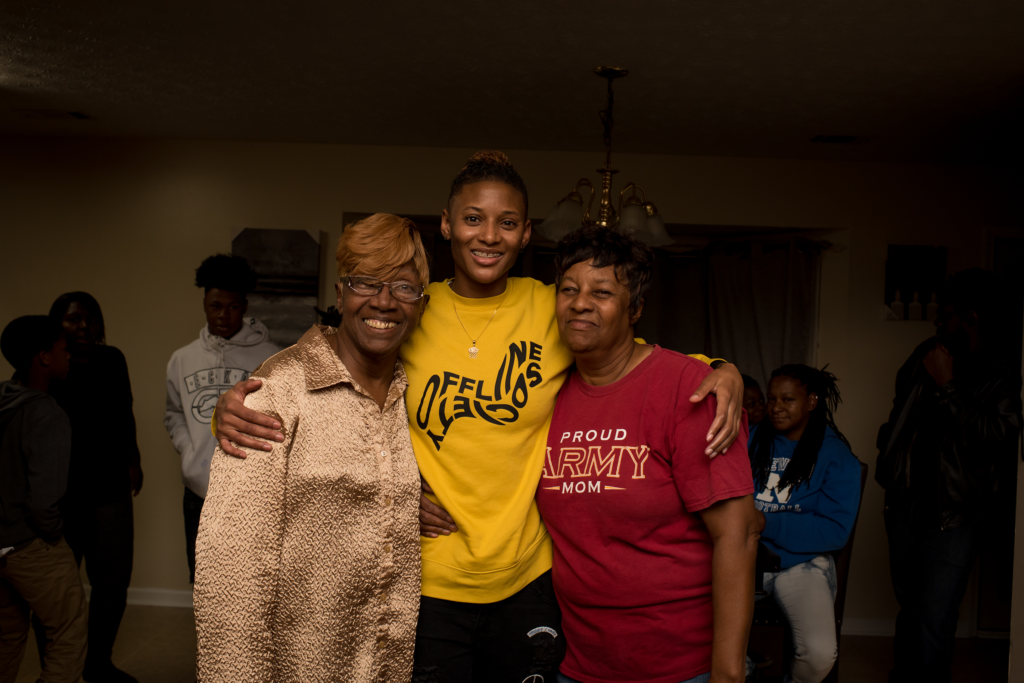
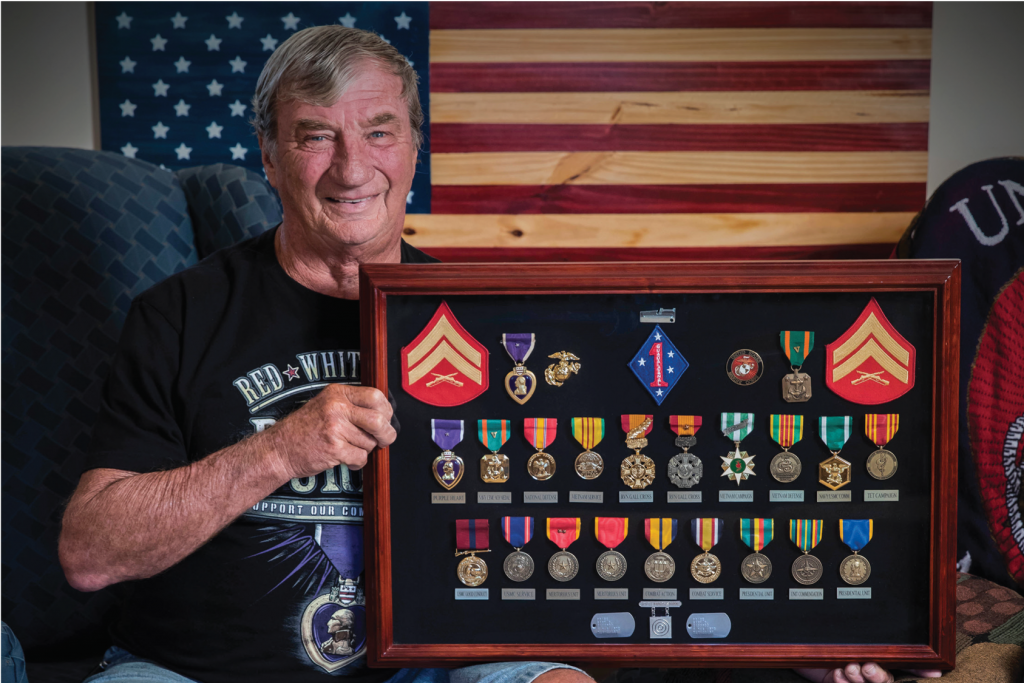
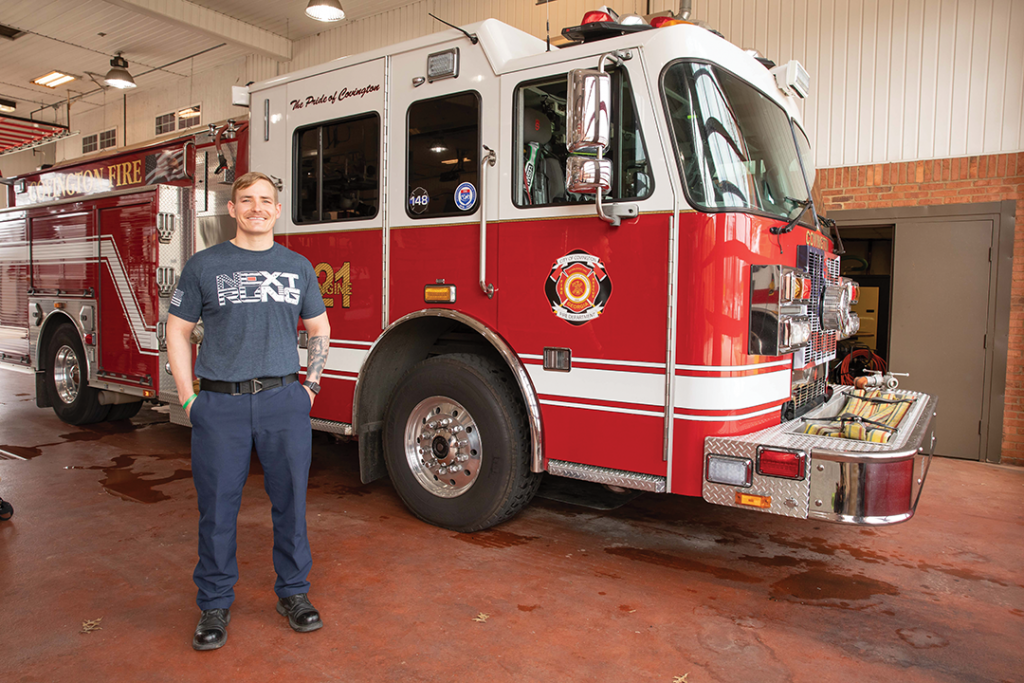
1 comment
What a fascinating story of a true hero.